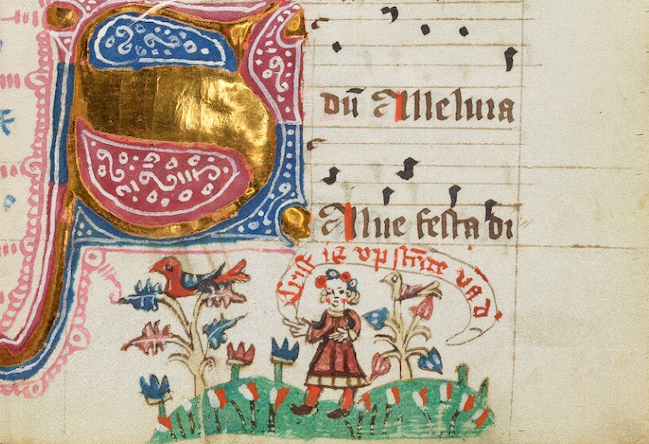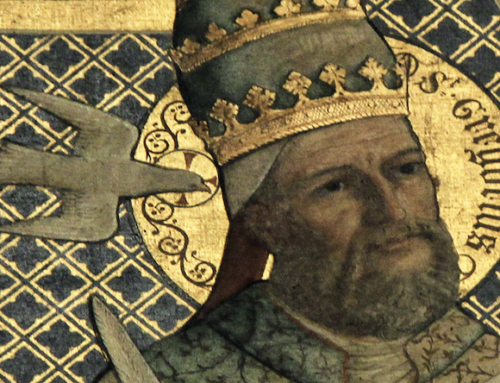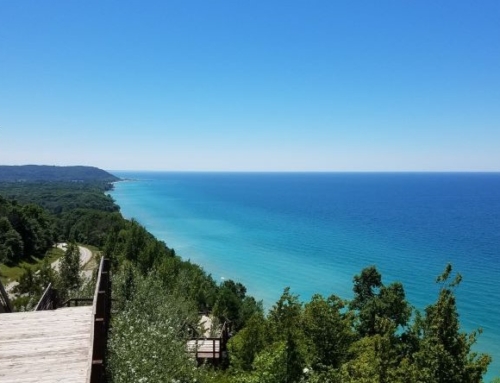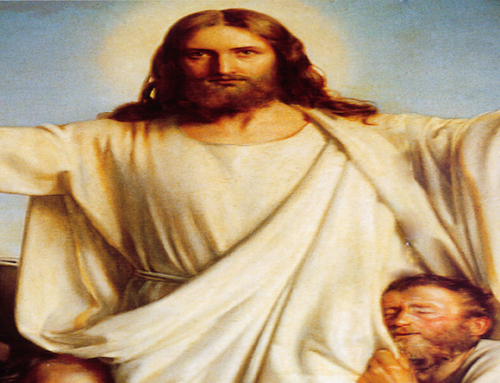Poets, composers, painters, and other artists have long sought to capture the beauty of salvation in their creative endeavors. Whether artists seek to express the beauty of the salvation of humanity or the sanctification of creation, their art presents what words alone fail to reveal. It is in this context that the marvelous text and chant of the Salve Festa Dies accomplishes something unique.
Originally written by the sixth-century bishop and saint, Venantius Fortunatus, a prolific latin poet, the Salve Festa Dies was first written to celebrate the conversion of a group of Anglo-Saxons at Easter around 570 AD, but quickly became directly associated with Easter itself.
The refrain that sets the mood of the whole piece goes:
Salve festa dies, toto venerabilis aevo!
Qua Deus infernum vincit, et astra tenet.
Which translates to
Hail, thou festive, ever venerable day,
whereon hell is conquered and heaven is won by Christ.
While Ralph Vaughan Williams’s famous setting of this text in processional march style is more well known, the original chant is sublime. In mode 4—a Gregorian chant setting that evokes sentiments of reflection and wonderment—the chant fits well with the text, which sings of the extraordinary beauty of nature and the flowers growing to welcome the risen Lord. For example, the first verse reads,
“Lo, the beauty of the earth arising from winter’s death and cold!
Every good gift of the year now with its master returns.”
This theme of nature bursting forth at the Resurrection of Christ is an ancient idea. Saint Thomas Aquinas writes that just as Jesus came forth from Mary’s womb and sanctified her as the holy mother of God, the kecharitoméne, so too when Jesus burst forth from the tomb he sanctified the earth for the risen Christ.
Taking this a step further, recall the three promises offered to Abraham as part of the covenant in Genesis 22. Abraham, on account of his faith and willingness to sacrifice even his own son, was given a special relationship with God marked by three promises: a blessing that defines that special relationship between God and Israel, descendants as countless as the stars of the sky, and the land of their enemies, all because he obeyed God’s command (Gen 22:18).
Each of these three promises is sanctified through Christ. The first promise of a special blessed relationship between God and Israel is sanctified in the new law of grace that marks the relationship between God and all of humanity. The second promise—descendants as countless as the stars of the sky—is sanctified through the Nativity. By way of his holy mother, Christ sanctified the womb, the place where children are formed.
It is the third promise where Fortunatus focuses his artistic energy. After lying in the tomb for three days, Christ emerged from the earth victorious over death. In this way, he sanctified the land. Fortunatus majestically expresses this in the first two verses of the Salve Festa Dies. First, he describes the emergence of the flowers and the good gifts of the earth that emerge from winter’s death as a sign of new life in Christ. He follows this in the second verse by exploring how this renewal is not a one-time event. This beauty “daily grows” in loveliness and is “adorned with profusion of flower and bud.” In other words, it is a continual process fueled by grace, a process of sanctification chosen by God that, through the Word made flesh, reaches a climax at the Resurrection!
So on this Easter Friday, when you look out on the streets of the city and see the crocuses peeking their blooms out of the ground, or the stalks of wheat springing from the field, remember it as a sign from God that through his Resurrection he has defeated death and desires to live with you in eternity.
✠
Image: Intonation of the Salve Festa Dies, Bodleian Library MS Lat. Liturgy. f. 4, folio 116r, detail (public domain)







